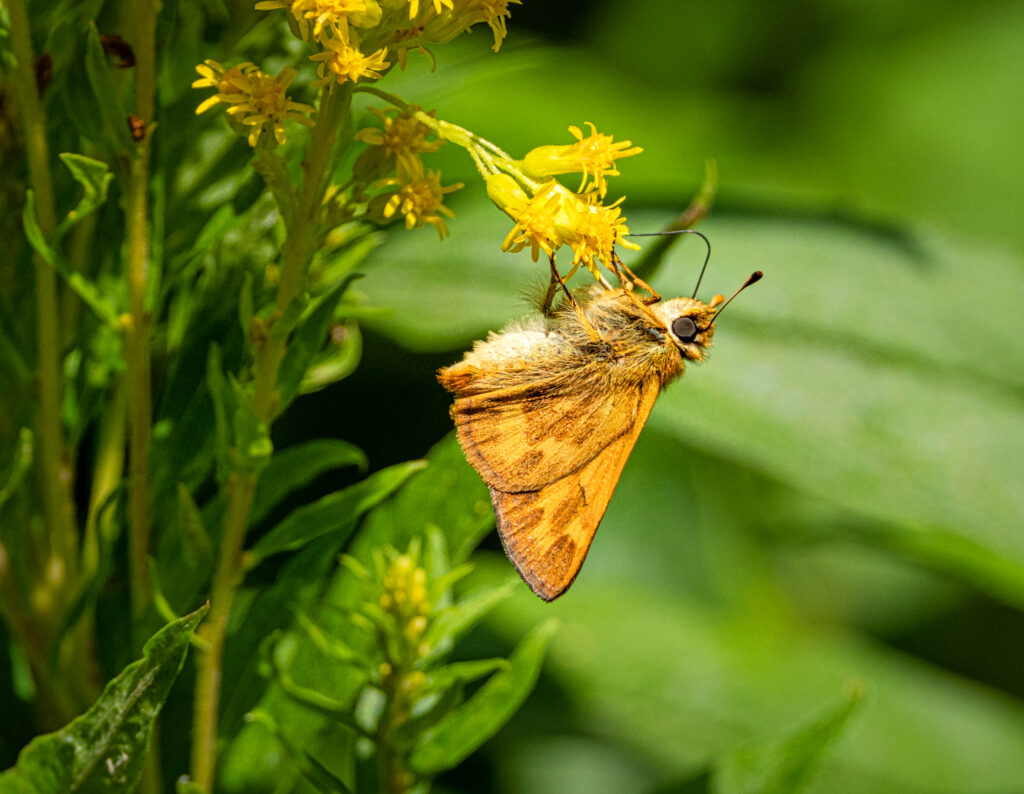To CRD RE: widening and illuminating the Galloping Goose and Lochside trails.

February 8, 2021
CRD Regional Parks Committee
625 Fisgard Street
Victoria, British Columbia
Canada V8W 1R7
Dear Committee Members
RE: widening and illuminating the Galloping Goose and Lochside trails.
Summary:
1. No net loss of green space.
2. Importance of hedgerows to wildlife.
3. Improve bike lanes on roads first.
4. No major increase in lighting.
On behalf of the Victoria Natural History Society, I am writing to comment on the proposed changes to the major routes in the regional trail system – the Galloping Goose and Lochside Trail. The Victoria Natural History Society is a community organization that has supported those with an interest in nature in our region since 1944, and we currently have approximately 750 members, almost all of whom are residents of the Capital Regional District.
The Victoria Natural History Society has three main objectives:
• to stimulate an active interest in natural history,
• to study and protect flora and fauna and their habitats,
• to work with other societies and like bodies having interests in common with this Society.
With these objectives in mind, we would like to express our concern over any reduction of natural areas along either side of the existing trails. We recognize that conflicts are occurring along the trail and agree that widening the trails could alleviate some of the issues associated with its popularity and disparate uses. Of grave concern to us, however, is the continued loss of native vegetation and the significance of these naturalized corridors for wildlife movements and for supporting nesting birds, native pollinators (butterflies and bees), and for providing refuge and food for a myriad of other animals. We live in one of the top three most endangered ecosystems in Canada, and we share the region with more than 100 endangered species, including several that are listed under the federal Species at Risk Act. Members of our Society frequent all areas in our regional trail system and we know that both federally and provincially listed species rely on the habitats that line these transportation corridors. The importance of hedgerows cannot be overstated, and it was a previous report of our Society that resulted in the preservation of similar habitats along the trail in the Martindale Flats region many years ago.
The routes we are referring to are not solely transportation corridors: the importance of greenspace is increasingly recognized for its positive effects on mental well-being. What makes the trails the preferred option is precisely what will be lost in this effort. Many of the people using the trail system are just exploring the out-of-doors: birding, exercising, recharging their spirits, and they use the trail system precisely because it provides a more relaxing and pleasurable option than the roadways. If the widening and the lighting recreates the experience of being in an urbanized setting then a critical value of the trail system will be lost entirely.
There are compromises here that can maintain the relaxed and charming feel of these major regional corridors while still improving the safety of all users. First and foremost: the regional road network must be made safer for commuting cyclists. Currently these riders are funnelled onto the regional trail system because they do not feel safe on our roadways. Physically separated cycling lanes would shift that commuter traffic to a more appropriate route for the speeds they are travelling. This is becoming even more necessary with the number of electric bikes being used. No more of our regional greenspaces or naturalized areas should be lost to transportation. We have lost enough habitat to paved surfaces that then go on to cause flooding, affect water quality, etc. Please look first to already hardscaped solutions.
If widening is still considered necessary in a few key areas, then an important aspect of this should be the restoration and rehabilitation of areas that currently lack native vegetation, and every effort to reduce the loss in areas that currently support hedgerows and trees should be made. Examples include the portion of the trail adjacent to existing protected areas such as the Swan Lake Christmas Hill Nature Sanctuary. Ultimately there should be no net loss of habitat, and preferably significant gains could be made. There are sections of the trail that have remained un-restored for years, an example is the area between the Switch Bridge and the Pacific Forestry Centre. Putting a greenbelt between the trail and the highway would be a significant improvement.
The topic of lighting the trail also needs to be addressed. Again: if roadways were adjusted to accommodate cyclists safely (separated, dedicated lanes) then this would not be an issue. It is our preference to maintain darkness wherever possible due to the negative health impacts of lighting on animal circadian rhythms (including our own) and the reduction in value of the trail corridors for nocturnal animal movements. If lighting is installed, it is our hope that it be minimal and very targeted. There has to be some expectation by users that they provide themselves with the illumination needed on the trail. Just as rural roads have few lights, so too should a naturalized corridor feel like a part of the natural world rather than a busy roadway. And these lights must not be on all night at a time when we should be trying to reduce light pollution and our carbon footprint. Finally, there are alternatives to traditional lighting that we urge you to consider, for example https://urbannext.net/sustainable-alternatives-to-street-lighting/.
Providing habitat protection and connectivity between wild spaces should be a priority for the CRD, and enhancing habitat values for native flora and fauna make the region more liveable as well as increasing our resilience to the impacts of climate change. Greenspaces are every bit as important as encouraging the use of alternative transportation, so we hope that you will treat them with equal concern.
Sincerely,
Philip Lambert
President
Victoria Natural History Society
president@vicnhs.bc.ca
